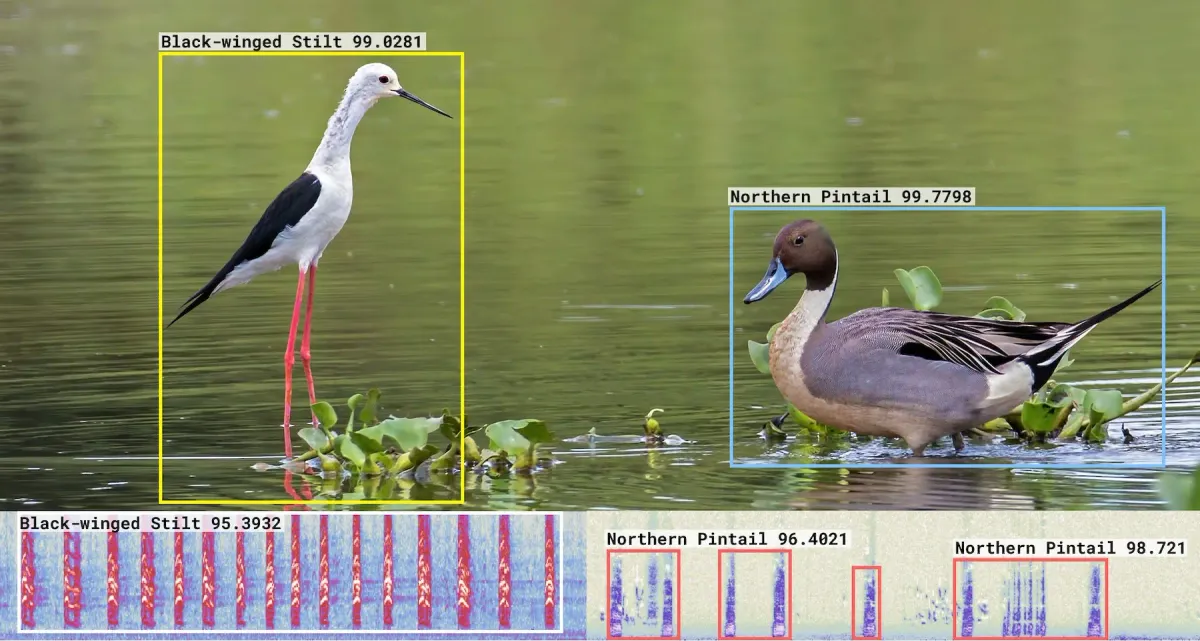Have you ever used the app Shazam or tried to identify a song using Siri or Google Assistant? Of course, you do. You're a person who holds a smartphone in 2025. Now, just imagine being able to identify a bird's call or song just like that; that is how powerful the Merlin Bird ID app is.
It doesn't matter whether you're a seasoned bird watcher or a beginner; this app will help you identify, helping you keep track of your sightings, and contribute to citizen science. Even this might help you to get in touch with nature a bit more; I am living proof of that.
I used to be more comfortable behind a screen than under a canopy. Before joining the training program by the Emotional Intelligence and Life Skills Training Team, I rarely ventured into the wild. But when I took the challenge to become a wetland guide around Kotte, everything basically changed.
What Is Artificial Intelligence?
Artificial intelligence, or AI, is a field of computer science where machines learn to perform tasks that usually require human intelligence, such as recognizing images, understanding speech, or making decisions based on data.
During a session of Kurulu Lowata Kawulu Dorak 2025, Moditha Kodikara Arachchi, a member of the Field Ornithology Group of Sri Lanka (FOGSL), introduced me to an app. Instantly, I downloaded Merlin Bird ID and the necessary modules. It's an app that has AI in it. Of course, I'm going to download it. The next day, on the field visit to Diyasaru Park, I identified a call I had just recorded as that of a White-breasted waterhen.
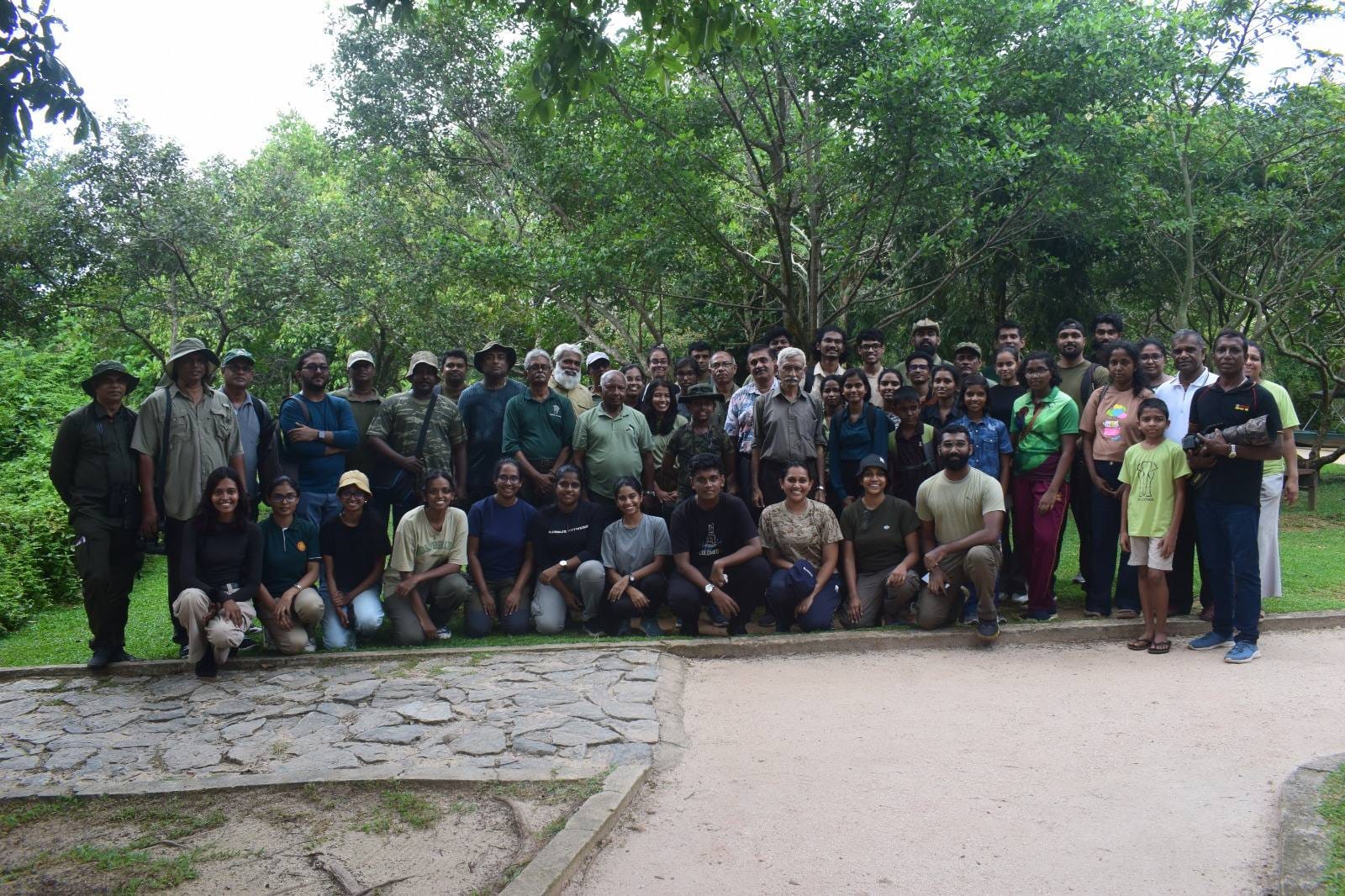
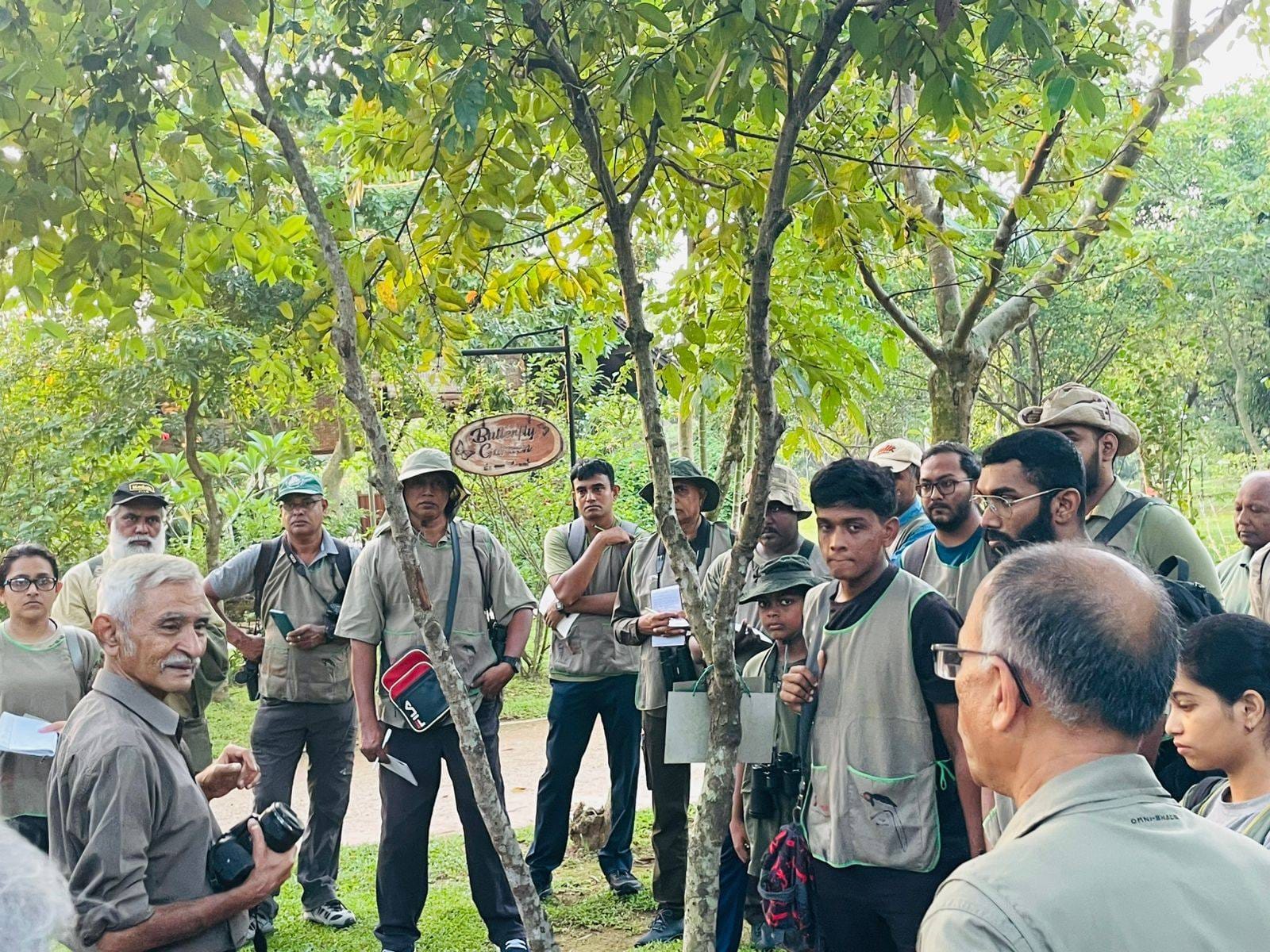

On June 8, 2025, participants of the third day of the Kurulu Lowata Kawulu Dorak workshop explored Diyasaru Uyana, capturing moments of learning and connection in nature. - FOGSL
I was amazed, and at the same time, I realized that I didn't have to give up my passion for AI and Tech to step into nature. I basically could merge the two things, and it helped me understand that tech could guide me into the wild, not away from it.
Inside Merlin's Machine Intelligence

Merlin Bird ID is free to install and use on both Android and iOS devices. To install the Merlin Bird ID app, search for "Merlin Bird ID by Cornell Lab" in your Apple App Store or Android Play Store and tap "Download." You do need an internet connection to download the app and the modules, but after that, you do not need an account or internet connection for basic identification.
Merlin and eBird are connected in that Merlin can prompt you to save confirmed sightings back to your eBird checklists. It's a seamless workflow. However, eBird requires the internet to sync your logs. (You need to sign in using the same credentials for both apps.)
How Merlin Sees the Birds - Photo ID
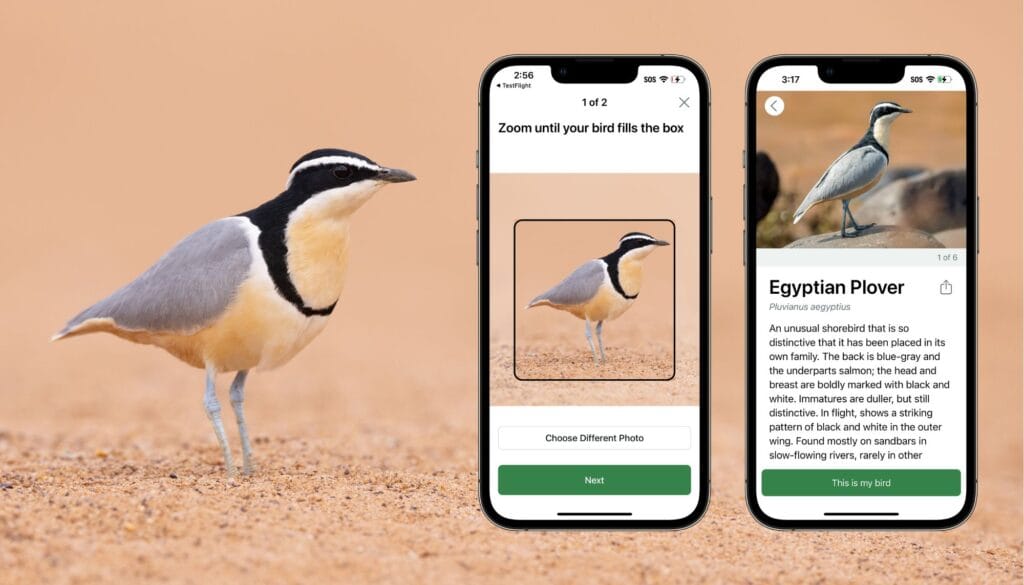
Merlin's Photo ID feature runs entirely on your device using deep convolutional neural networks (CNNs) similar to ResNet. These models were trained on over six million labeled bird images from Cornell Lab's Macaulay Library, with photos contributed via eBird checklists and annotated by more than 1,300 volunteers.
Each image is resized to a uniform 224 by 224 pixels in red, green, and blue channels to capture feather patterns, shape, and background context. Even if you dont have a sharp camera on your mobile device providing location data and other required data, the app can identify the bird that you saw.

When you submit a photo, Merlin automatically detects every bird in the frame and crops the image around each one. The CNN analyzes visual cues like edges, colors, and shapes and then computes the likelihood of each species. Finally, it uses eBird's data on regional range and seasonal presence to refine its identification further.
What Is a Convolutional Neural Network?
A convolutional neural network, or CNN, is a type of AI model designed to process images. It uses layers of filters that scan for simple patterns (like edges) and then combine those patterns into complex features (like shapes or textures) to recognize objects.
Merlin 3.5 was a huge deal because it delivered an average accuracy of 95% and a reduction in error rate of approximately ⅔ compared to the previous model (the latest version on Android is 3.7.1 - June 15, 2025). But these platforms are not perfect, Reliant on accurate GPS and regional filters; Reddit users note it can falsely identify out‑of‑range species or misinterpret noise
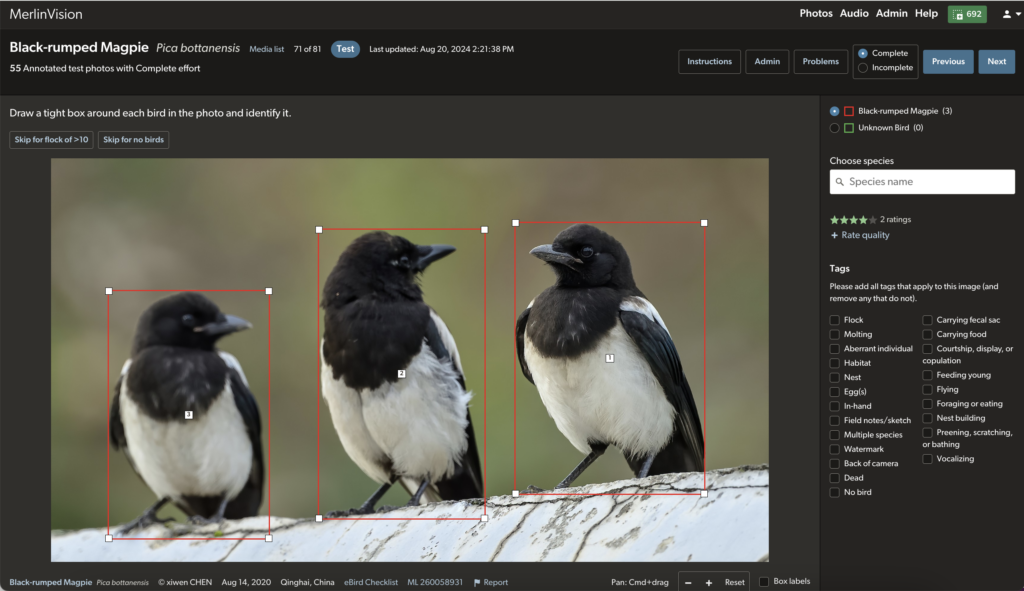
How Merlin Bird ID Hears the Birds - Sound ID

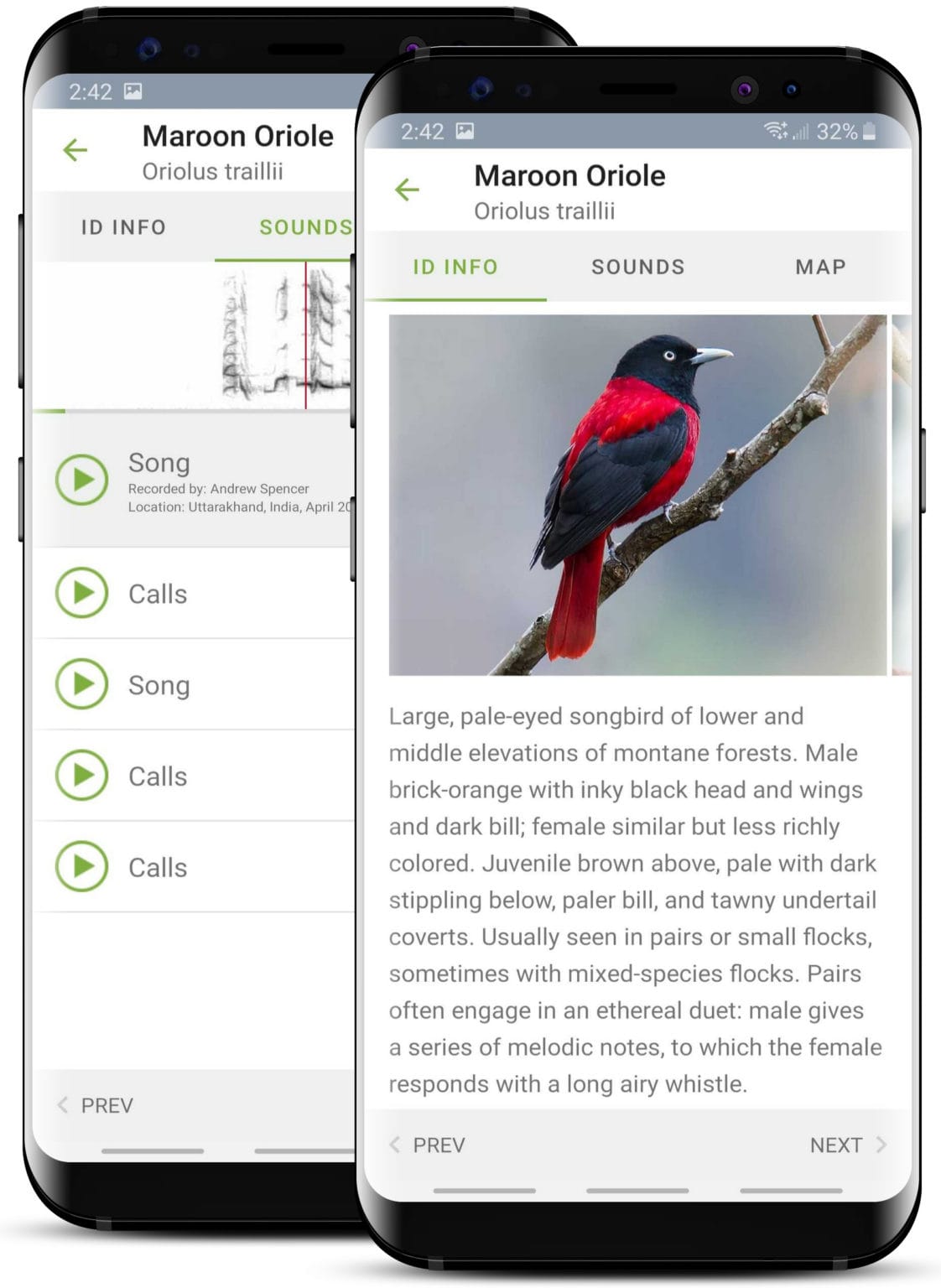
How Merlin Sound ID work - Merlin
Merlin Sound ID feature captures audio through the microphone and converts sound waves into a spectrogram, a visual map showing frequencies on one axis and time on the other.
What Is a Spectrogram?
A spectrogram is a graphical representation of sound. It shows how much acoustic energy appears at different frequencies over time, making it easier for AI models and humans to spot unique sound patterns.
A second CNN trained on roughly 140 hours of bird calls and 126 hours of background noise analyzes each spectrogram slice in a sliding window. Every few seconds, it updates its prediction, showing the species name and a confidence score. With at least 150 recordings per species in its library, Merlin can now identify 1,382 species of birds by sound. The Sound ID module also runs offline and stays under 50 megabytes.
Ethical AI and Citizen Science
During this time period, we heard a lot about the unethical practices of AI and AI companies, including how they scrape data from websites and steal work from artists without obtaining the necessary rights to train their AI models. But the Cornell Lab of Ornithology team, which created Merlin Bird ID, designed it to respect your privacy.
It does not require an account and does not upload your personal data or location history. All identification happens locally, giving you instant results and full control over your recordings and photos. The only time you need to create an account with Merlin is to save your sightings.
Is Merlin Bird ID and eBird free?
eBird is one of the best free birding apps available today. You can download the eBird app for Android or iOS at no cost, log in with an email, and start recording sightings immediately. If you ever need to update the eBird app, simply visit your device's app store and tap "Update."
Merlin Bird ID and eBird serve different purposes, but you can sync both apps to a single account. Merlin focuses on offline AI-powered identification, while eBird is a web-based platform and mobile app where birders log checklists, upload photos, and submit audio recordings.
Contributors use eBird app features like login, free download, and exporting sightings to share their data. Automated filters flag unusual records, such as a tropical bird seen in Sri Lanka during winter, and regional experts vet those entries before they feed back into the Macaulay Library.
When you want to download media from eBird, the process is straightforward: navigate to your checklist, tap on the media icon, and select "Download." This allows you to access and use the data from eBird for your own birding activities or research. Both of these platforms are crowdsourced and open-source apps.
The app's training process is transparent, and all the contributors are credited, sources are cited, and whenever the model makes mistakes, engineers can trace and correct the data.
Designed for the Field: Why Offline AI Matters

This is 2025, running all AI models is nothing crazy. When it comes to subjects like birding, it helps even more because you might not have an internet connection or proper signal strength to share data to the cloud. If you're into nature or you're an adventure person, whenever you are in a dense forest, wetlands, or on a mountain, lack of connectivity should not stop you from exploring.
Merlin compresses its CNNs for speed and efficiency, so you get fast photo and sound analysis without draining your battery. You can download regional bird packs for extra species info, store and export recordings, and import external audio files like MP3 or WAV. Short recordings under ten minutes work best, but the app handles longer files if needed.
Continuous Growth and Global Reach
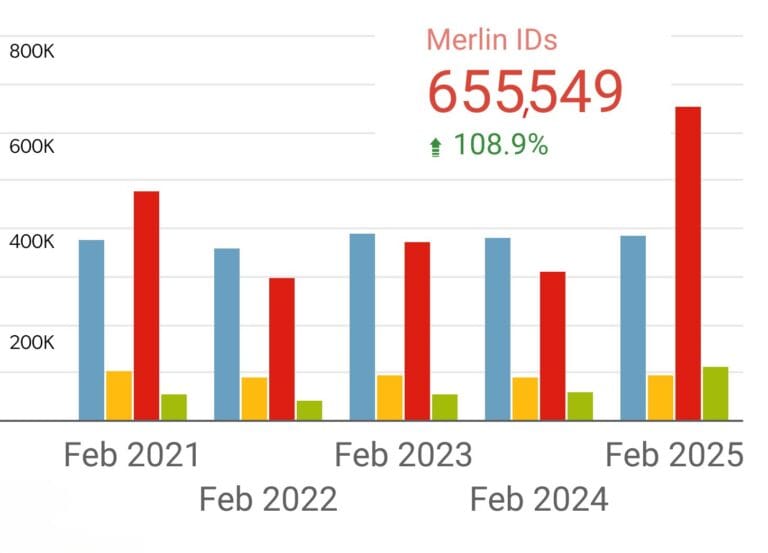
2025 Final Results from the Great Backyard Bird Count, it’s going to be a record-breaking year, not just for birds but for the platforms helping us see them. So far (Data reflect totals through March 7, 2025), across 217 countries and regions, more than 838,000 participants recorded 8,078 bird species, 158 more than last year.
Over 655,000 Merlin Bird ID submissions were logged, more than double that of 2024, and 387,652 checklists were submitted to eBird. Nearly 190,000 photos, videos, and sound clips enriched the Macaulay Library, making this the largest wave of citizen-powered birding data ever.
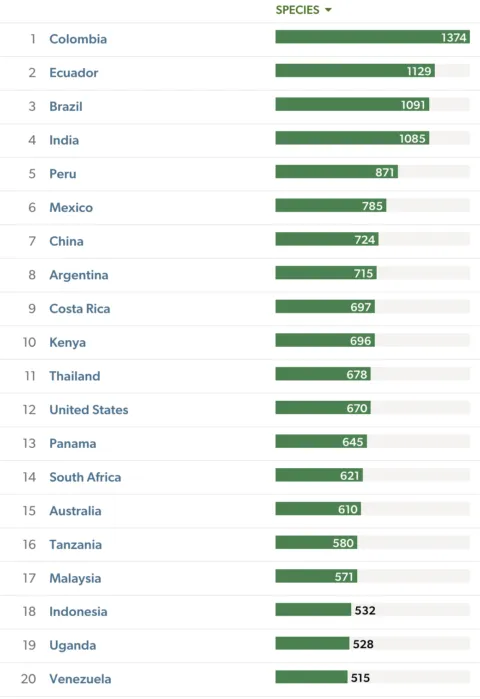
While the USA led the charts, countries like India, Canada, and Colombia showed massive growth. Merlin especially thrived in regions like South Africa, Thailand, and Kenya, empowering new birders in remote and urban locations alike.
Merlin App's training data includes over 65 million bird images and thousands of hours of audio, capturing variations in plumage and calls across continents. Each year, new species and edge cases, such as juvenile plumage or dialect differences, are added through a full retraining process.
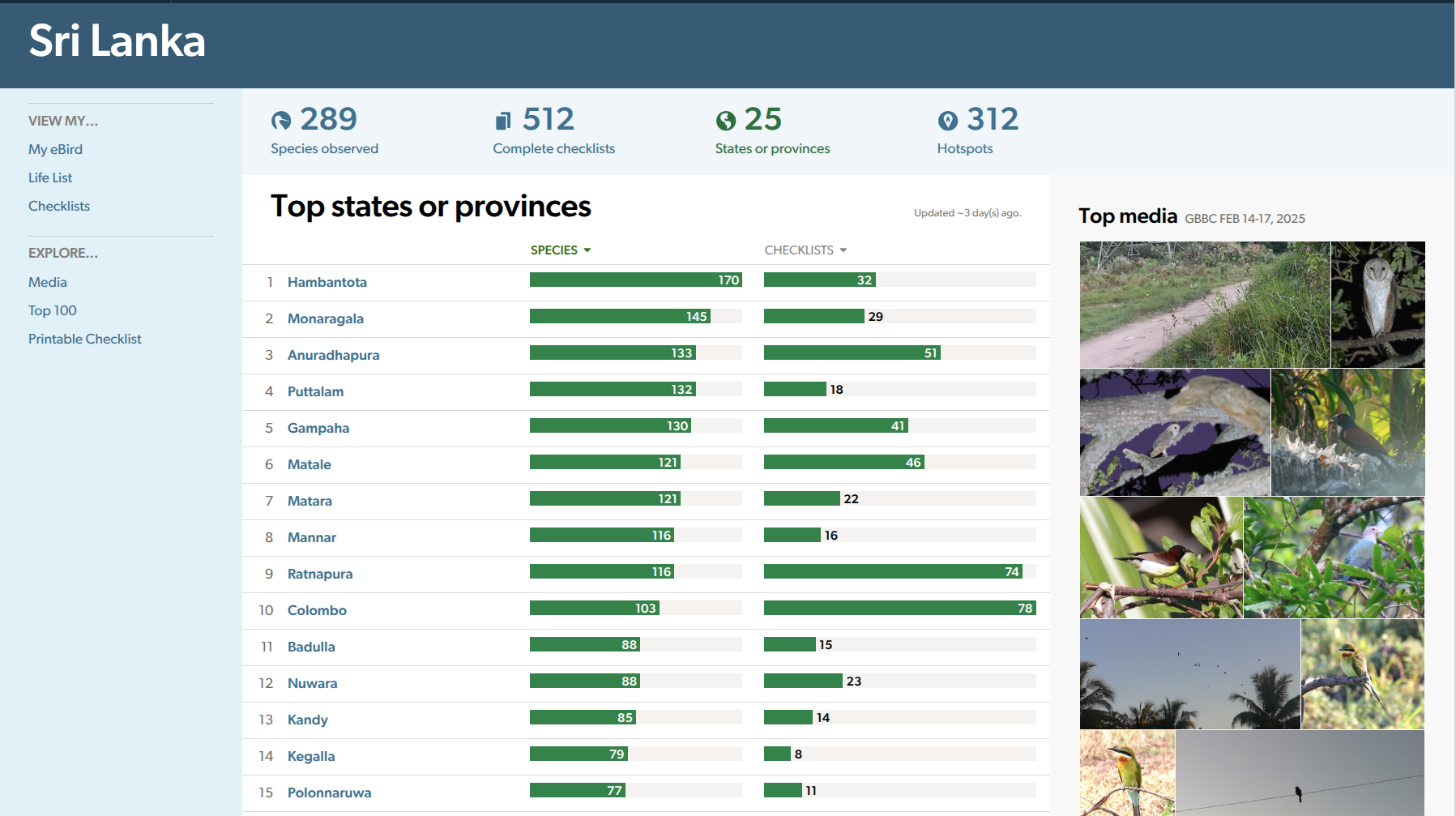
Merlin Bird ID shows that artificial intelligence can be powerful, transparent, community-driven & ethical. It brings the power of machine learning to nature lovers without compromising privacy or usability.
Download Merlin. Start identifying the birds around you. Then, contribute your own sightings, photos, and recordings to eBird. Every entry helps train the next model and deepens our connection with the living world.

